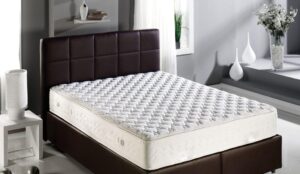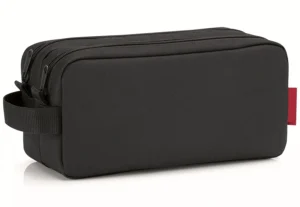Top 7 Benefits of Using Aussie Quality Operable Walls in Hospitals

Hospitals are dynamic environments that require flexibility, efficiency, and functionality to cater to the ever-changing requirements of patients, personnel, and regular visitors. Considering this, operable walls have emerged as a quite powerful solution, providing a large number of advantages for healthcare centers, especially in Australia, New Zealand, and the United States as well. These partitions are movable partitions that can be effortlessly adjusted to create or adjust areas, imparting unparalleled adaptability. Here are the top seven advantages of using operable walls in hospitals.
1. Enhanced Space Utilisation
Operable walls allow hospitals to optimise their space effectively. These walls can be extended or retracted as needed to create smaller or larger spaces, ideal for creating meeting rooms, training and development spaces, or additional areas for patients waiting. The optionality provides flexibility to maximise the area efficiently, accommodating fluctuating needs during emergencies or seasonal outbreaks.
2. Improved Privacy and Noise Reduction
Privacy is an important thing to consider in healthcare settings, where patients frequently discuss confidential health matters with their doctors. Operable walls are designed to deliver high acoustic ratings to lower noise transmission through walls. This guarantees confidentiality as well as a quieter and more calming environment for patients and medical practitioners.
3. Customisable Aesthetic Appeal
Modern operable medical partitions are available in diverse designs, finishes, and materials, permitting hospitals to choose an option which matches the existing aesthetics. Add colour for paediatric wards or a timber look finish to create warmth, a key benefit of operable walls is the ability to customise the design to create a visually attractive environment. A welcoming and well-designed space significantly enhances the patient experience.
4. Cost-Effective Solution
If building works are not permitted, wall-mounted operable walls are the next best option to constructing a new gyprock wall or a track mounted operable wall. Wall mounted on one side and supported on their own caster wheels, sliding or folding operable walls roll smoothly with no ceiling or floor track required, making them a more affordable option.
5. Enhanced Infection Control
Infection control is a top priority in hospitals, and operable partitions play an important role in maintaining hygienic standards. These partitions are manufactured using materials which can withstand medical-grade disinfectant for regular cleaning. Additionally, they may be used to quickly isolate areas of a hospital during viral outbreaks.
6. Quick and Easy Installation
Traditional contracting projects can disrupt health facility operations and take weeks or months to complete. In comparison, operable walls can be installed in a matter of days, causing minimal disruption. Once installed, the wall can be extended and retracted whenever the need to create extra rooms or spaces arises.
7. Support for Multi-Purpose Spaces
It is common for hospitals to need spaces which can be used for multiple purposes, such as conference rooms that double as training rooms, or patient waiting areas that act as triage zones during emergencies. Operable walls make this possible by presenting the flexibility to reconfigure spaces quickly and easily. This level of adaptability ensures that hospitals can meet numerous requirements without compromising capability.
Conclusion
Operable walls provide a versatile, cost-efficient, and aesthetically appealing solution for hospitals needing to enhance their functionality and performance. From optimizing space usage to enhancing privacy and infection control, operable walls can be used to support the changing needs of modern-day healthcare facilities. By making an investment in operable walls, hospitals can create adaptable environments that cater to the evolving needs of patients, medical personnel, and site visitors, ultimately enhancing the level of care and operational efficiency.
If your health facility is considering enhancements or renovations, operable walls are a clever solution that combines practicality with long-term benefits.






